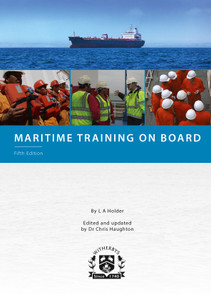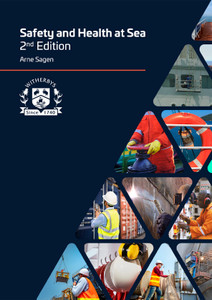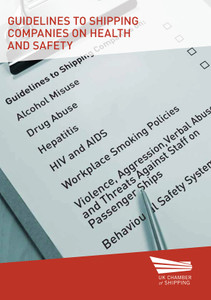
This book is a guide to the hazards associated with entering enclosed or confined spaces on board.
Enclosed space entry is a dangerous activity that can result in fatal accidents if not carried out safely. This publication is a guide to the hazards that underpin an enclosed space operation, looking at the risks of and requirements for entering confined spaces.
Enclosed space entry is a hazardous activity that results in fatal accidents each year.
It may also be known as:
- Dangerous space entry
- tank entry
- confined space entry.
Entry into an enclosed space should only be made when there are no alternative measures that could be taken, when all hazards have been assessed and dealt with and it has been verified that the space contains fresh air.
Authors’ Introduction
Foreword
Introduction
1. A Straightforward Approach
2. What is so Special about Fresh Air?
3. The Adrenalin Rush and Feeling Superhuman
4. Carbon Monoxide – A Nasty and Sinister Gas
5. A Most Unpleasant Smell
6. The Hydrocarbons
7. So Far, So Good, So What?
8. The Real World
9. Tables of Toxicity
10. The Nose is not Enough
11. Closing Summary
Bibliography
Olaf Olsen
Olaf Olsen has a Master Mariners certificate and draws on his career experience on tankers and dry cargo ships, together with considerable time in commercial ship management, in maritime education and in his work as an advisory consultant to several international maritime bodies.
Erik
Olsen
Erik
Olsen
is
a
graduate
in
health
science
combining
commercial
management
and
broad
maritime
transport
knowledge.
- Number of Pages:
- 134
- ISBN:
- 9781905331895
- Published Date:
- March 2010
- Binding Format:
- Paperback
- Book Height:
- 210 mm
- Book Width:
- 150 mm
- Weight:
- 0.3 kg
- Preview:
- Yes
- Author:
- Olaf Olsen and Erik Olsen






